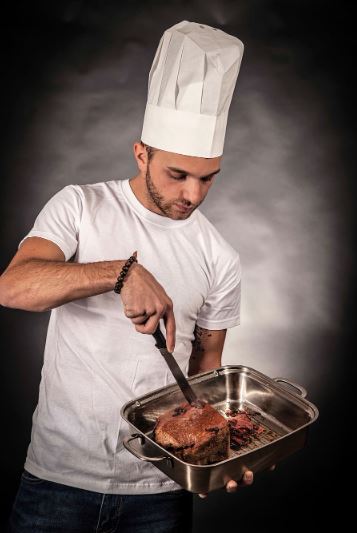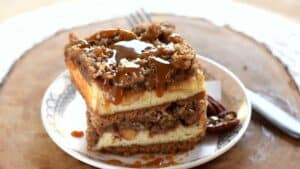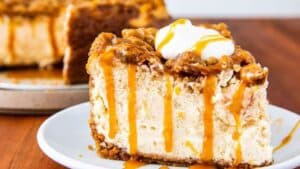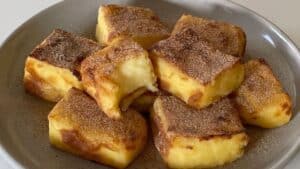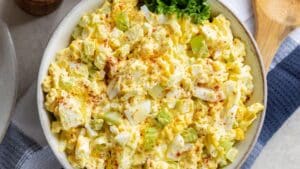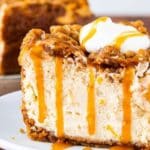Spicy Venison Sausage & Cheese, Alright, so here’s the deal. If you’ve never tried venison sausage, you’re missing out on one of the most intensely flavorful meats in the game world. Literally and metaphorically. When you throw in heat real heat, not just a polite little pinch of cayenne and rich, melty cheese? That’s when it turns into something transcendent.
This isn’t your typical backyard brat. It’s bold, wild, and unapologetically rustic. Made right, spicy venison sausage with cheese is the kind of dish that makes grown chefs whisper expletives in awe. So yeah, this article’s gonna break it all down how to do it, why it works, and what you absolutely must avoid if you don’t wanna end up with a dry, crumbly disappointment.
Why Venison? And Why Spicy?

Venison deer meat, for those outta the loop is lean. Super lean. Sometimes too lean. That’s both a blessing and a curse.
The blessing? It’s clean, earthy, high in protein, low in fat, and genuinely flavorful. No need for MSG or “natural flavors” to trick your brain into thinking it tastes like something. It’s already got that umami depth.
But here’s the curse. With almost no fat, it’s a texture nightmare if you don’t add something to fix that. That’s where pork fatback comes in. And cheese. And spices. The holy trinity of sausage salvation.
Adding spice isn’t just about heat either. It’s about layering. You want smoke, sweet, tangy, burn, maybe a bit of funk. Think chili flakes, chipotle powder, cracked black pepper, and fermented chili paste if you’re feeling reckless.
Choosing the Right Venison
Not all venison is created equal. Wild-harvested vs. farm-raised? Big difference.
Wild venison has a stronger, gamier profile. If the deer’s been running around the forest eating bark and acorns, you’ll taste that. That’s good but only if you like it. It’s bold.
Farm-raised tends to be milder and a bit more forgiving. Either way, age matters. You want meat from a young-to-mid-age deer. Older bucks can be tough and stringy unless treated right.
Pro tip? Don’t use front shoulder meat unless you’re grinding it twice and adding loads of fat. Hindquarter is better. Cleaner, less sinew.
Fat Ratio Matters Like, A Lot
This isn’t something you can just wing. Lean venison needs fat like an open flame needs air. Without it, your sausage’ll be dry enough to start a campfire with.
Ideal fat ratio? 70/30 is too much fat. That’s burger math. For venison sausage, go 60/40 venison to pork fatback. Don’t skimp. Don’t use bacon either too much water and salt.
Pork fatback is neutral, clean, and renders beautifully. You can get it from a proper butcher, or order online frozen. If it’s yellow or smells off, toss it. You’ve been warned.
Cheese Selection: Melty But Not Runny
Here’s where it gets fun. You don’t just throw in mozzarella and call it a day. You want a cheese that melts just enough, doesn’t turn greasy, and can hold up to heat.
Sharp cheddar? Always a classic. Pepper jack? Great for that spicy kick. Smoked gouda? Now we’re talking depth.
But here’s the trick freeze your cheese chunks before mixing. Not grated, not goo. Chunks. Quarter-inch cubes, frozen solid. That way they don’t smear all over the meat and screw up the grind.
Too much cheese, though, and you’ll lose the structure. Shoot for 10% of your total mixture weight.
Seasoning Blend That Smacks
Let’s be honest most folks don’t season enough. A teaspoon here, a “dash” there… nah. You need serious seasoning for sausage.
Here’s a solid baseline for 5 lbs of sausage mix:
- 2 tbsp kosher salt
- 1 tbsp smoked paprika
- 1 tbsp cracked black pepper
- 1 tsp red pepper flakes
- 2 tsp garlic powder
- 1 tsp onion powder
- 1 tsp dried thyme
- 1 tsp mustard seed, cracked
- 1 tsp brown sugar
- 1 tsp cayenne (or more if you’re brave)
Mix all that into your meat + fat + cheese. And mix it cold. Everything should be nearly frozen. You’re not making meatloaf.
Grinding: Go Twice, Then Chill

Grind it once coarse, then chill. Then mix in your seasoning and cheese. Then grind fine. This two-step grind gives you better texture, tighter binding, and no weird mushiness.
Don’t use a dull grinder. You’ll smear the fat, and that’s game over. Literally.
Once mixed, do a quick “fry test” cook a little patty in a pan. Taste. Adjust salt or spice if you gotta. Because once it’s in the casing, there’s no going back.
Casings: Go Natural or Go Home
Forget collagen unless you’re doing snack sticks. For proper sausage, you want natural hog casings. They’ve got that snap. The bite. The old-world feel.
Soak ’em overnight in warm water with a little vinegar. Then rinse inside out. Sounds gross, but hey, it’s sausage.
Don’t overstuff. You want firm but not exploding. Twist into 6-inch links, then poke tiny holes to release air pockets. That way they won’t burst like fireworks in the pan.
Cooking & Storage
You can smoke ‘em, grill ‘em, or poach-then-sear. My go-to? Smoke low at 180°F until internal hits 155°F, then finish on a screaming hot skillet for that crust.
Let ‘em rest. Always. Sausage keeps cooking after it comes off the heat. Cut too soon and you’ll lose all that juice.
Freeze raw links in vacuum bags. They hold for months. Cooked ones? Eat within 3 days. Trust me.
Common Mistakes to Dodge
1. Not cold enough.
Everything must stay cold meat, fat, cheese, grinder parts. Warm fat smears. You’ll get mush, not sausage.
2. Overmixing.
You want it sticky, not pasty. Mix just until it holds shape.
3. Skipping the fry test.
Tasting raw sausage is a no-go. Fry a sample. Adjust. Then stuff.
4. Wrong fat.
Beef fat? Nah. Bacon? Too smoky and wet. Stick with pork fatback.
5. No binder.
If your links fall apart, add a splash of ice water or milk powder. Helps bind everything without drying it out.
Expert Insights: From the Field to the Plate
Some seasoned chefs add a splash of bourbon to the mix. Not enough to taste it, but just enough to round out the flavors.
Others cure the sausage slightly overnight in the fridge before cooking lets the flavors meld and the proteins bind tighter.
Game meat processors in the Midwest often pair spicy venison sausage with blueberry mustard. Sounds weird. Tastes divine.
And then there’s the Wisconsin trick beer bath. Simmer your sausages in beer and onions before searing. Old-school German vibes, with wild American heart.
Nutritional Breakdown
For those who care (which should be all of us, honestly), spicy venison sausage with cheese isn’t junk food. Here’s a rough snapshot per 100g:
- Calories: ~280
- Protein: 18g
- Fat: 22g
- Carbs: <1g
- Sodium: Depends on your salt, obviously
Compared to beef or pork sausage, venison’s lower in cholesterol and saturated fat. Plus, it’s free-range, antibiotic-free, and just plain better for the planet.
Final Thoughts and Pro Tips
If you’re making sausage for the first time, take your time. Don’t rush the chill. Don’t skip the fry test. And for the love of good food, don’t under-season.
Invest in a decent grinder and stuffer. Borrow from a buddy if you have to. KitchenAid attachments? They’ll do in a pinch but aren’t built for bulk.
And get creative. Try jalapeño cheddar. Or ghost pepper and manchego. Maybe a bit of maple syrup if you’re feeling sweet and spicy. This is a canvas, not a cage.
Make it bold. Make it messy. Make it yours.
Because once you’ve had a perfectly spicy, cheesy, venison sausage? Store-bought’ll never taste the same again. And honestly, that’s a good thing.

